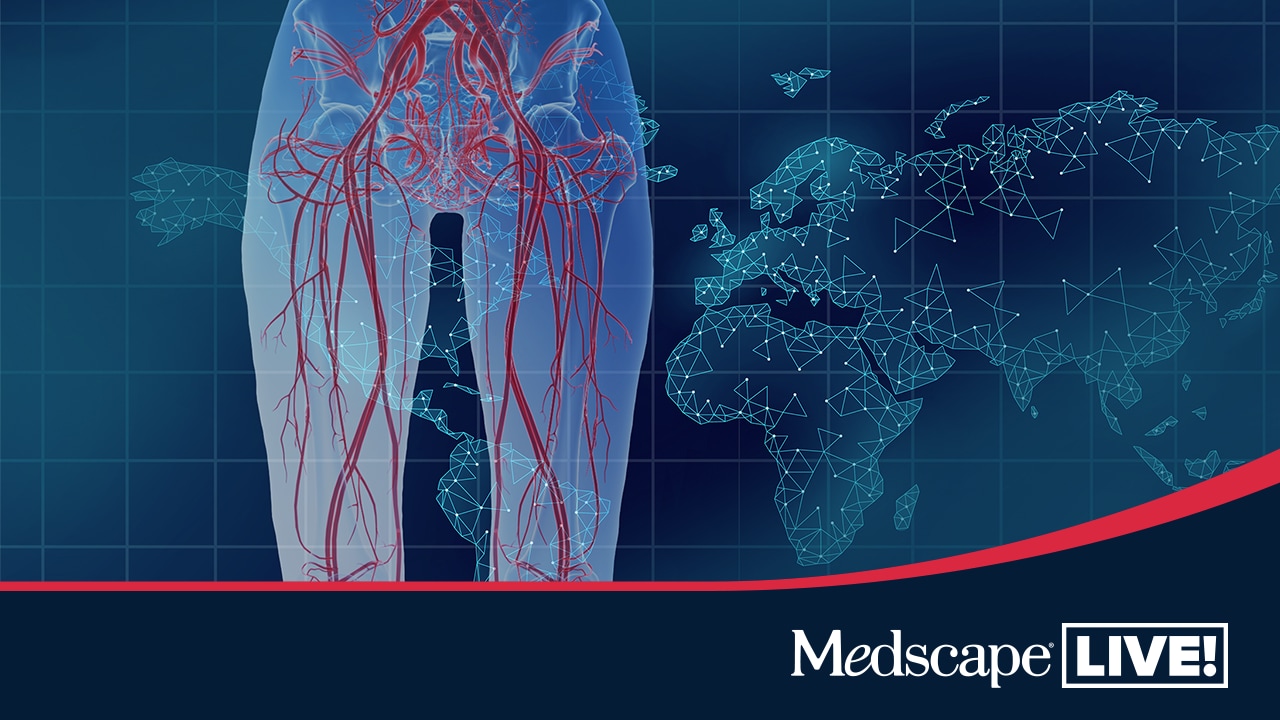Abstract and Introduction
Abstract
Introduction: Chronic wounds are a significant problem worldwide, with substantial cost to health care systems; thus, a minimally invasive and well-tolerated treatment is attractive. Blue light has shown promise in wound healing through the principle of photobiomodulation.
Objective: This review examines the physiological effects of blue light on tissue and the hypothesis that appropriate application of blue light in conjunction with SOC improves wound healing compared with SOC alone.
Methods: The authors searched in PubMed, Google Scholar, and the Cochrane Library to identify literature on the mechanism of action of blue light and then examined the clinical evidence.
Results: Key physiological pathways of blue light include generation of ROS and nitric oxide, resulting in promotion of angiogenesis, reduced inflammation, and direct antimicrobial effects. These reactions are seen only at low doses; in fact, higher doses may be harmful to tissue. The only primary study with statistical analyses demonstrated wound area reduction of 51% (P =.007) in blue light–irradiated wounds compared with SOC alone.
Conclusions: Blue light applied following a strict protocol is safe and shows promise in the management of chronic wounds. The current evidence is poor, however, and randomized trials are required to confirm its clinical utility.
Introduction
Chronic wounds are a common problem worldwide. In Australia, it is estimated that 420 000 chronic wounds are managed each year, at an annual cost of approximately 3 billion Australian dollars.[1] Assessment of the underlying etiology is essential to optimize treatment. The most common wounds are pressure ulcers, venous ulcers, diabetic ulcers, and arterial ulcers;[1] often, patients present with several such wounds. The average wound duration is 12 to 13 months, and wounds recur in 60% to 70% of patients.[2] Some chronic wounds are refractory to standard treatment, including offloading, compression, revascularization, skin grafting, and dressings. Malignancy must be excluded, and rarer wound types such as dermatologic and vasculitic wounds require specialized treatment.
One well-established adjunct in the treatment of wounds of various etiologies is phototherapy, that is, the use of light ranging from UV, visible spectrum blue to red, and infrared light to promote wound healing.[3,4] While extensive research supports the use of red or near-infrared light (wavelength 600 nm–1100 nm) for wound healing,[3–5] the use of blue light (wavelength 400 nm–450 nm) has not been as well studied, potentially owing to its proximity to UV light and its associated risks.[5,6] As more alternative therapies are explored, blue light has seen a resurgence in evidence and support. Recently published clinical results on the management of wounds using blue light have been promising, albeit only in a few case series and trials with a low level of evidence. The most prominent publication as of the time of this writing, the Blue Light for Ulcer Reduction (BLUR) study, demonstrated a 33.5% reduction in wound size in the treatment group compared with SOC alone.[7]
To the knowledge of the current authors, this is the first review to consolidate the literature on the physiological basis of blue light therapy and evaluate the published clinical evidence to determine if blue light along with SOC results in improved wound healing compared with SOC alone.
Wounds. 2023;35(5):91-98. © 2023 HMP Communications, LLC







